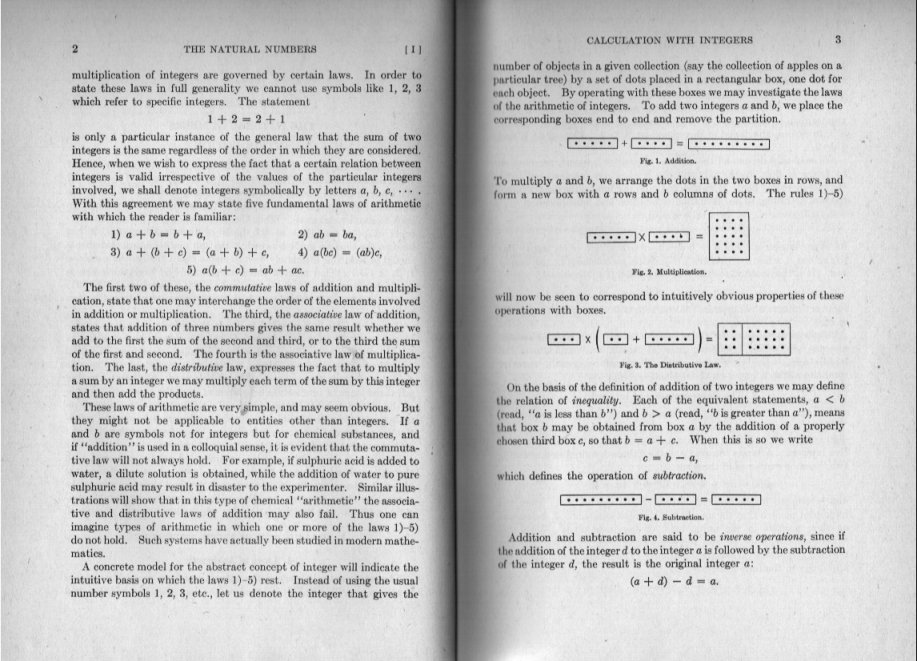Leaderboard
Popular Content
Showing content with the highest reputation on 06/28/20 in all areas
-
There are things the Bible doesn't say and almost everybody believes it does. There was no apple. It could have been a quince, or maybe a fig, as there were no apples back then in the Middle East. The Bible doesn't say it was an apple, actually. The Bible doesn't say Jonah was eaten by a whale either. The Bible doesn't say there was an angel at the Garden of Eden, but a cherub, which was a mythical animal represented very frequently in the gardens of palaces throughout the Middle East. The Hebrew Bible doesn't say that Mary was a virgin, but a "young woman." ------------------------------------------------ There are things the Bible says and few people know it does. The Bible talks about a pantheon of gods that are subservient to Yahweh. And names God both as Yahweh and El. Is it the same god? I'm not sure. Asherah, the wife of Yahweh, is also mentioned, but the interpretation was presumably changed, as it's mentioned as a synonym for "a stick" in very obscure passages, when she is known to have been a goddess, as archaeology has shown. The stick was one of the symbols of the goddess. Back to Adam and Eve: There's at least one thing the Bible says twice in different (incompatible) ways: Ezechiel 28. Two prophecies, one of them against the king of Tyre. There you can see that the king of Tyre is expelled from the Garden of Eden, on account of his sins. The cherub also appears. Very similar legend; two different narrative uses. Who was expelled from the Garden of Eden, Adam and Eve or the king of Tyre? I'm not so sure. The authors of the Bible seem not to be either. Some scholars believe the Oracles against the king in Ezechiel 28 predate the Adam and Eve story in Genesis. ------------------------------------------------ There are things the Bible says that are taken from somewhere else: The Bible takes the story of Noah from The Epic of Gilgamesh, Utnapishtim , and adapts it to its own narrative needs. ------------------------------------------------ There are blatantly obvious things the Bible is silent about: Omri, big king of Samaria, was a very relevant character of the Assyrian domination period, but the Bible only mentions him in passing, as a baddie. The Bible also plays down the role of many other kings, like Manasseh, although he made Israel into an important olive oil factory and brought a period of peace, contrary to what Hezekiah, his father, did. ------------------------------------------------ And lastly, there are many things the Bible says that cannot be true. Josuah didn't conquer Jericho, as Kathleen Kenyon has proved. Jericho was uninhabited at the time. Plus the Egyptians were in control of Canaan and had the country strongly policed from Beit She'an. I don't believe God gave the law of gravity a suspension for some hours for the benefit of his people to the detriment of the Canaanites either. Plus the Canaanites and the Israelites were the same people: No difference in material culture or belief system, as Israel Finkelstein has shown. Abraham could not have possibly used camels. Camels were domesticated about 1000 years later.2 points
-
An apology for posting the Wikipedia link, I was in rather a hurry last night. The article was really too complicated, perhaps the result of a bit of showing off by the authors. In that respect the Mathworld article is better. Very often the axioms that are finally chosen (Note Wikipedia offers modern vesions and says that they are not Peano's originals) are a bit obscure and it is the theorems or lemmas we deduce from them that are what we actually want to use. In fact usually these theorems are properties we have observed and found useful so the axioms are constructed later to produce these theorems as deductiuons. The point is that in Mathematics to prove something means to show that it is consistent with the axioms. Since we have already shown that the theorems are consistent when we 'deduced them', this may simply mean showing that the something is consistent with the theorem(s). Anyway here are a couple of extracts from two books, one very famous, one very modern, that may help. They tell us about the something (numbers) that lead to the rules of arithmetic (the theorems we want) Both books are highly recommended. Unknown Quantity a real and Imagined History of Algebra John Derbyshire What is Mathematics Courant and Robbins1 point
-
I suppose it depends what you mean by 'standard' There are two types of standard defined Line standards - as appearing on most ordinary rulers for drawing End standards - often used for metre rules for industry The difference is that the end points (zero and one metre) are defined between lines near each end of the rule or between the flush, squared off ends of the rule. So end standards are exactly one mtere long, line standards are a little longer. I am just waiting for my camera to charge to post a photo of the difference. In both cases the scales will be subdivided a Strange has already noted. So here is the picture The brass rule is an end standard. Note the countersunk hole for screwing it to a drapers or rope sellers cutting table. It does not come out very well but you can just see the ministry calibration stamped into the metal, between the 1cm and 2cm marks. This is the crown symbol and the date 10/1974 The plastic rule is a line standard for laying flat on a sheet of drawing paper.1 point
-
Well, only in countries like the UK and USA. I doubt you would find one in the rest of the world. Don't know about Canada or Australia, though. I have one that also has points and picas.1 point
-
The most obvious to me is the misunderstanding of what a scientific theory is. A couple of paragraphs with words about dimensions, parallel universes and such does not make a theory. Where are your predictions? You're not addressing any questions of observational cosmology, so you have no theory, really.1 point
-
I agree with @Strange that your proposal is littered with misconceptions. Also, with @MigL that a WH is a construct that works very differently to a BB. And as I was reading all your answers I have remembered the particular sense in which the term "parallel universes" appeared in the scientific literature. It had to do with structures similar to the Einstein-Rosen bridge. I think the original motivation was with D-branes, if I remember correctly. So yes, there is a specific sense in which you can talk about parallel universes, but it's not related to extra dimensions, but with curvature. The "funnels" that you see in the picture can extend as to become parallel to each other. Extra dimensions are perpendicular, rather than parallel. No. Dark energy has to do with a scalar field, which is a completely different thing than curvature as it appears in a black/white hole. Speculation in physics with just words is hopeless. You must make calculations, and understand the mathematics. And fit experimental data, of course.1 point
-
I think it makes no sense to say that the vedas were twisted or not. They have grown organically. There are so many reasons for a text to change, especially when it originally was an oral tradition. Without having the 'original' how would you see that the texts changed? There are methods to find out which of the present versions we have are probably the oldest, but of course we can have no idea what the first written down version of the vedas were. And then there are many reasons why texts change over time, just to name a few: errors when copying the texts corrections of (language) errors authors putting in their ideas into the texts, in good or ill faith I only know a little about the history of Christian texts, which are of course not so old as the vedas, and also here already the problem exists that we do not know exactly what the original texts were. But we know copyists made errors, corrected errors, put in sentences or even complete stories, often because these copyists had a theological agenda to promote their version of Christianity. From some texts we know that there must have been more original texts, but they did not survive. With the vedas this will be worse, because they were orally passed to others for a much longer time. In Christianity, especially the new testament, there are at most only about 100 years between the oral tradition and the first written down versions we have (often less: the gospels were written till about 100 years, the earliest one probably only 30 years, after Jesus' death). With the vedas it is several millennia before they were written down.1 point
-
Real world complication example: how willing the buyer is willing to pay a given price will strongly correlate how well the care is running.1 point
-
Sometimes Wiki is botched, even intentionally, and isnt' corrected for months or years. This is uncommon but does happen. On the other hand, any encyclopaedia contains mistakes, any peer-reviewed journal as well, and Wiki belongs to the good ones. One nice feature of free editing is that, when an assertion is debated (example: minimum harmful radiation dose versus Linear-No-Threshold), generally someone lets it know on Wiki - while single-sourced websites and papers won't. I'm a bit uneasy with the notion of "credible source". Readers should decide to believe a thesis, not an author nor a source. Wiki isn't generally cited in academic papers as they prefer to cite other research papers, and a link to Wiki might be considered with little confidence there. But on a scientific forum, a link to Wiki is fantastic as it tells easily "this is what I'm speaking bout", and as an encyclopaedia, it uses to be an excellent introduction to a topic for non-specialists.1 point









